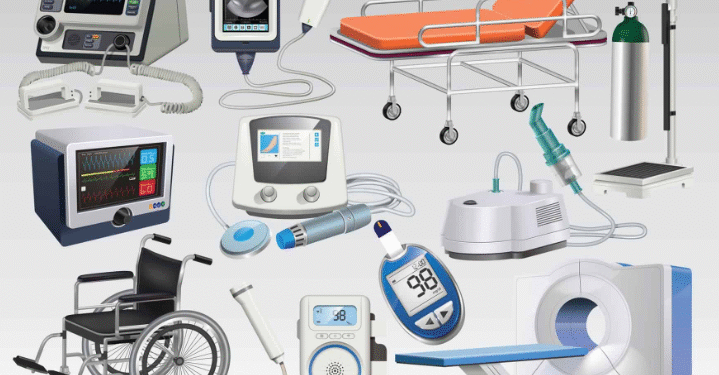Caring for individuals with reduced mobility—particularly the elderly or those with long-term conditions—requires thoughtful consideration of both comfort and safety. Among the many factors influencing quality care, equipment adjustability stands out as a key component. Whether in a residential aged care setting, a hospital, or a private home, adjustable equipment plays a crucial role in supporting patients’ physical needs while also enabling carers to assist effectively and safely.
Enhancing Safety Through Proper Support
For patients with limited mobility, falls remain one of the most prevalent risks, with older adults being particularly vulnerable. Equipment that adapts to a patient’s unique body shape, size, or condition can significantly reduce the likelihood of injury by ensuring proper ergonomic support during transfers, positioning, or extended periods of rest.
Adjustability allows carers to fine-tune a device’s height, angle, or configuration to fit the exact needs of the patient at any given time. For instance, lowering a bed or table close to the floor reduces the impact of accidental falls, while adjustable backrests can help patients maintain more natural postures, which in turn minimises discomfort and the risk of pressure injuries.
Improving Comfort and Wellbeing
Beyond physical safety, adjustability directly impacts a patient’s emotional and mental well-being. Personalised support through adjustable equipment enables individuals to maintain a sense of autonomy and dignity. Features such as modifiable leg rests, reclining angles, or arm support help patients feel more in control of their environment.
For elderly individuals in particular, being confined to a static position for long periods can exacerbate musculoskeletal pain, stiffness, and circulatory issues. By introducing subtle adjustments throughout the day, carers can improve blood flow, reduce swelling, and promote muscle engagement, contributing to better overall health.
Reducing Strain for Carers
Carers, whether professional or informal, often carry out physically demanding tasks that involve repetitive lifting, bending, or repositioning. One study on informal carers found that such activities frequently lead to musculoskeletal discomfort, especially when carried out without adequate support.
Adjustable equipment mitigates these risks by enabling carers to work at safer heights and angles, reducing the physical strain placed on their own bodies. For example, an adjustable hoist or profiling bed can reduce the need for awkward or manual repositioning.
Similarly, a table that can be raised or lowered helps carers perform essential tasks—such as feeding, wound care, or administering medication—without excessive reaching or stooping. These improvements lead to better care outcomes and help prevent carer burnout.
Facilitating Adaptability in Changing Health Conditions
Patient needs are rarely static. As conditions progress—whether due to age, injury, or illness—equipment must be able to evolve accordingly. Fixed equipment may suffice temporarily, but it often lacks the flexibility needed for long-term care. Adjustable options, by contrast, are designed to adapt to changes in mobility, weight, and strength over time.
A practical example is an adjustable floor line table for safer patient care, which supports over-bed meals, therapy, and hygiene tasks while reducing strain during transfers. Another useful example is tilt-in-space wheelchairs, which can be adjusted to support posture, improve pressure distribution, and accommodate fatigue throughout the day.
These adaptable solutions allow care routines to evolve alongside the patient, ensuring that safety, comfort, and functionality are consistently maintained over time.
Promoting Compliance with Healthcare Standards
Healthcare facilities, particularly those operating in aged care, must adhere to strict safety and manual handling regulations. Adjustable equipment is often a requirement under these guidelines, as it supports safe patient handling and minimises risks to both the patient and the carer.
Furthermore, adjustable devices are typically designed with infection control in mind. With surfaces that can be easily wiped and configurations that reduce hard-to-clean crevices, these items contribute to a safer and more hygienic care environment, aligning with broader public health standards.
Empowering Safe and Evolving Care
The importance of adjustability in patient support equipment cannot be overstated. It ensures safety, enhances comfort, supports carers, accommodates changing needs, and aligns with health standards—all while promoting better outcomes for everyone involved. As care environments continue to evolve, so too must the tools we use to support those who rely on them. Equipment that can be adapted to the unique circumstances of each patient is not just a convenience—it is a necessity.










